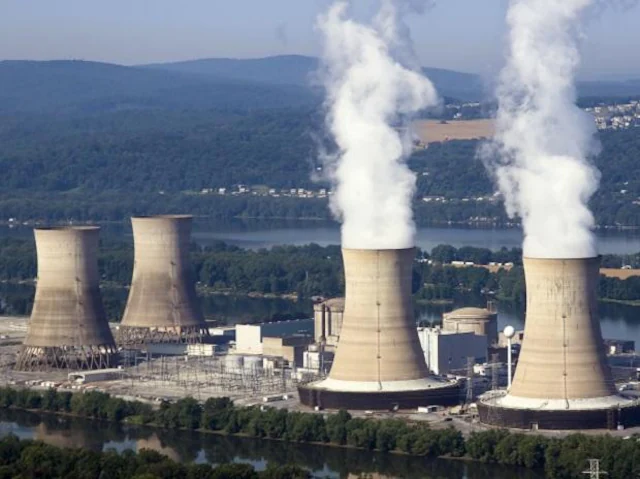

fetching latest news
News tagged in:

The International Energy Agency (IEA) has outlined that nuclear power can help countries in securing energy transitions. In its report titled "Nuclear Power and Secure Energy Transitions: From Today's Challenges to Tomorrow's Clean Energy Systems," the IEA on Thursday said that nuclear power can "reduce reliance on imported fossil fuels, cut carbon dioxide emissions and enable electricity systems to integrate higher shares of solar and wind power". Without nuclear power, the costs and complications for building systems for energy transitions are important, the IEA noted. A total of 32 countries have nuclear plants and nuclear power is the second largest source of low emissions power after hydropower, the IEA said. According to the IEA, with the peak of oil, gas, and electricity prices, nuclear power is "likely to be further stimulated," Xinhua news agency reported.

As a resource-rich country on the leading edge of many clean energy technologies, Norway is uniquely well placed for the clean energy transition and now needs to advance strategies to tackle emissions in sectors where they are hardest to reduce in order to meet its ambitious climate targets, according to a new in-depth policy review by the International Energy Agency. Since the IEA’s last policy review in 2017, Norway has remained a global pillar of energy security with its ample reserves of oil and gas produced in an environmentally responsible manner. Norway is a significant and reliable international supplier, exporting close to 90% of its energy production. The IEA report recommends that Norway leverage its renewables-based electricity system and develop detailed, long-term sector-by-sector roadmaps backed by specific policy measures.

Global energy investment is set to increase by 8% in 2022 to reach $2.4 trillion, according to a new report by the International Energy Agency (IEA).
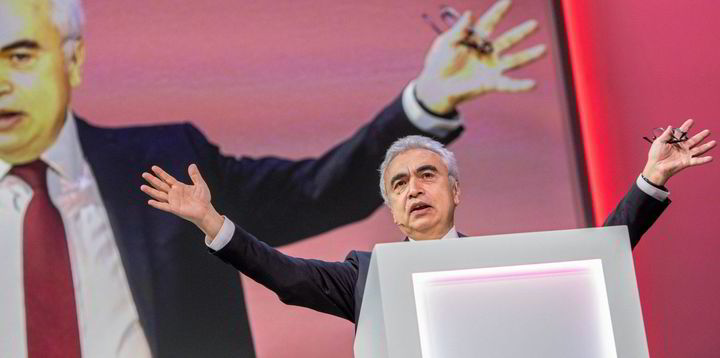
Worldwide energy investment to rise by 8% this year to reach $24trn but agency chief Birol warns added growth is still not enough to tackle energy and climate crises.

India is an IEA associate and not a full member as it does not have the mandated 90 days reserves.

Half the volume will come from the United States, Koichi Hagiuda told reporters after the extraordinary ministerial meeting of the 31 members of the IEA, which repesents mostly industrialised nations.

Judging by the title, I'm sure you already know how I feel about the IEA and its ability to forecast oil demand and supply. For those of you keenly aware of global oil supply and demand forecasts for 2022, the No. 1 variable that will determine whether or not we're oversupplied or undersupplied is global oil demand. But to be precise, it's OECD oil demand. At the time, we basically said that IEA is full of it when it came to estimating global oil demand. China and India already were showing structurally higher oil demand versus the 2019 baseline (pre-COVID), so it was only a matter of time before global oil demand surpassed 2019 levels.
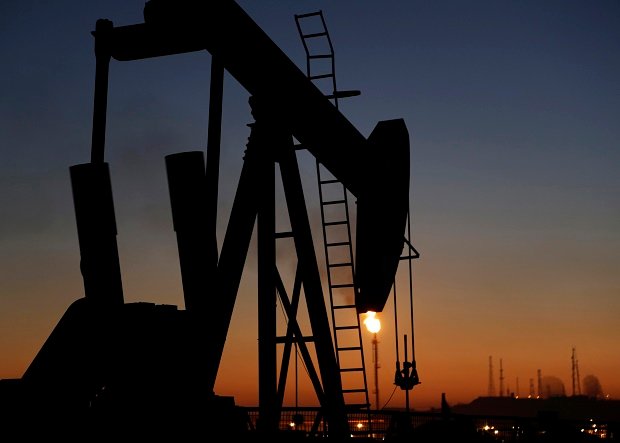
A renewed hike in local oil prices is unlikely to disturb the trajectory of inflation, which economic managers are assuming to remain within target in the next two years, according to the Bangko Sentral ng Pilipinas (BSP). BSP Governor Benjamin Diokno said in a statement that while global oil prices have been on an uptrend this year amid recovery in economic activity, the emergence of the Omicron coronavirus variant brought forward concerns over weaker demand prospects.

Just a week ago, oil markets were looking to hit this year's finishing line on a winning note as oil prices put up a respectable rally thanks to rampant lockdown fears easing. Several reports have shown that, despite spreading faster, the Omicron variant causes milder symptoms than Delta and even leads to lower hospitalization rates. Unfortunately, that optimism has been short-lived, and traders have gone back to their knee-jerk reaction to any breakout of new Covid-19 variants of selling first and asking questions later.

After hitting a six-year low in September, commercial oil stocks in OECD countries showed a marginal build in October, suggesting that the months of hefty inventory draws globally may be over, the International Energy Agency (IEA) said on Tuesday.

Resource-poor Japan, a major importer of crude oil and natural gas, is increasingly concerned that the rally in oil prices would slow the global economic recovery, a senior government official told the head of the International Energy Agency (IEA) this week. Hikariko Ono, Director General of Economic Affairs Bureau at the Ministry of Foreign Affairs of Japan, “expressed concern over the rapid surge in crude oil prices, which could hamper the global economic recovery from COVID-19,” Japan’s foreign ministry said in a statement after a video conference between Ono and the IEA’s Executive Director Fatih Birol.
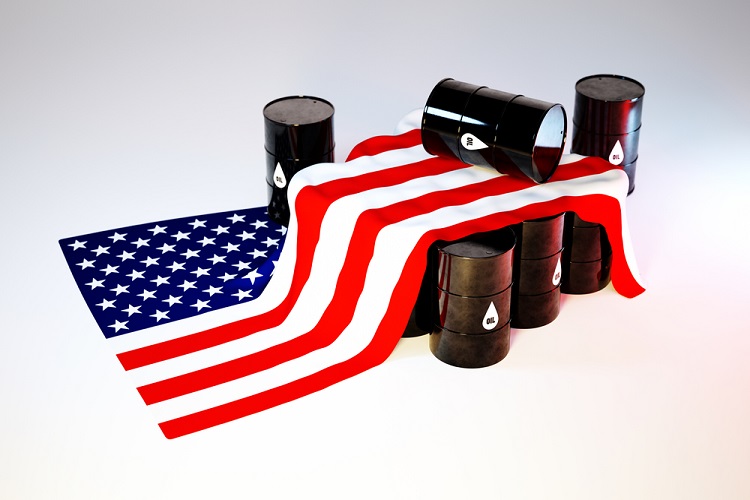
Oil prices fell on Thursday after the International Energy Agency lowered its 2020 oil demand forecast. Brent crude fell 0.1%, to $45.36 a barrel, and U.S. WTI was down 0.1%, to $42.64 a barrel. Markets are still on the hope of breakthrough on a U.S. stimulus package and keeping watch on frayed U.S.-China ties ahead of trade talks on Aug. 15.
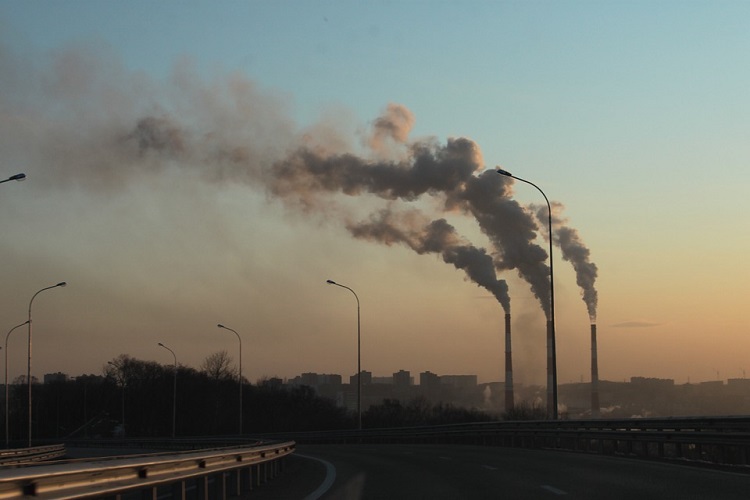
The International Energy Agency has expected global carbon dioxide (CO2) emissions to decline by 8% to 30.6 gigatonnes (Gt) this year, accomplishing levels last observed in 2010. The Global Energy Review 2020 has credited the sharp decline in emissions to the slump in energy demand during 1Q20. In perspective, the decline is estimated to be almost twice as large as all earlier declines since the end of World War II.
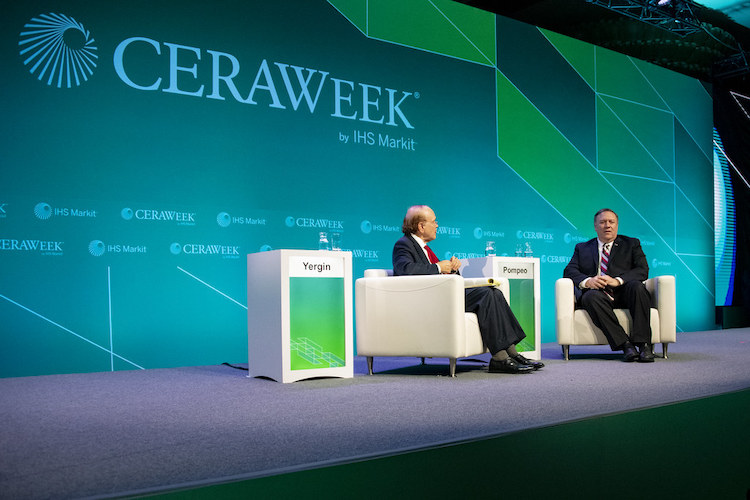
One of the industry's most prestigious conferences, CERAWeek has been cancelled due to coronavirus concerns. The event was scheduled for this month in Houston. Scrapping this conference will reduce a chance of the industry officials "to discuss how to deal with declining demand caused by the virus epidemic". During the course of this development, IHS Market highlighted the measures taken by the companies to protect the workers.
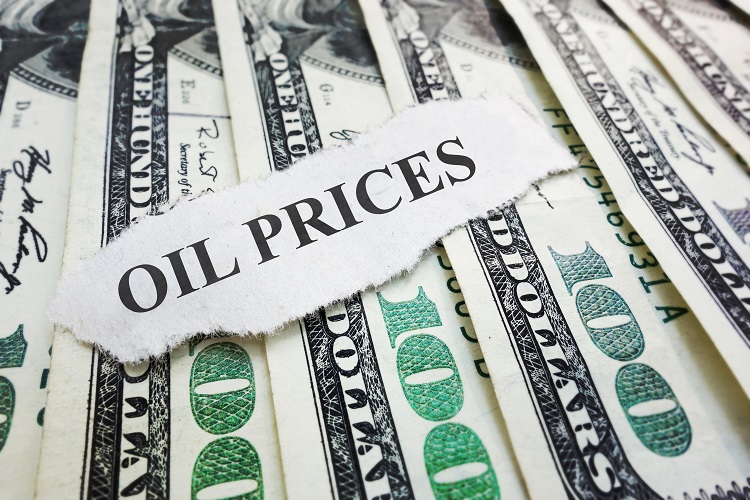
Oil prices fell in the international market on Monday, slipping ahead of Asian economic data release that is due this week. Brent crude was priced at $56.99 a barrel. US WTI fell to $51.92 a barrel. Asia's economic data will indicate the effect of China’s coronavirus epidemic on oil demand. The IEA has already forecasted a dip of 435,000 barrels per day (bpd) in oil demand due to coronavirus spread.
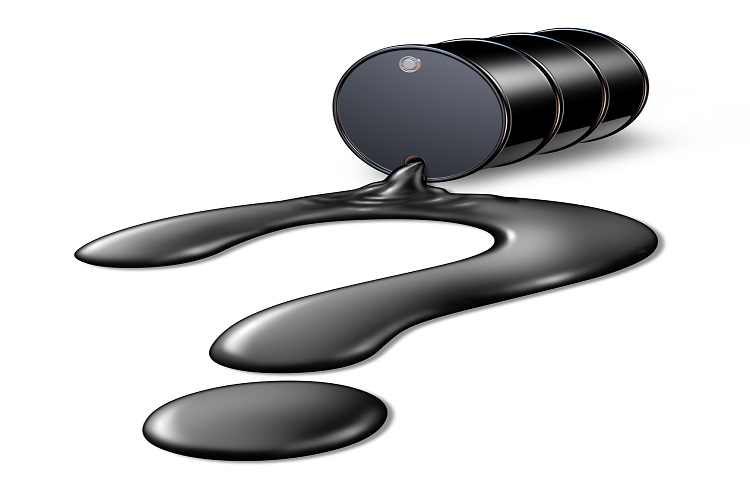
The International Energy Agency (IEA) on Monday said that the oil and gas firms must increase their investment in low-carbon energies. Otherwise, they would face a global backlash that could jeopardize their long-term profits and social acceptance. “Every part of the industry needs to consider how to respond. Doing nothing is simply not an option,” IEA’s Executive Director Fatih Birol said. IEA suggested the sector to boost investments in the cleaner fuels.

Tensions in the Middle East continued to push oil prices up in the international market on Tuesday. Benchmark Brent crude futures were traded at $63.30 a barrel. US WTI futures were traded at the same rate of $56.22. Amidst the speculations on the potential disruption in supply, IEA has vowed to take immediate action so as to keep global oil markets sufficiently supplied.
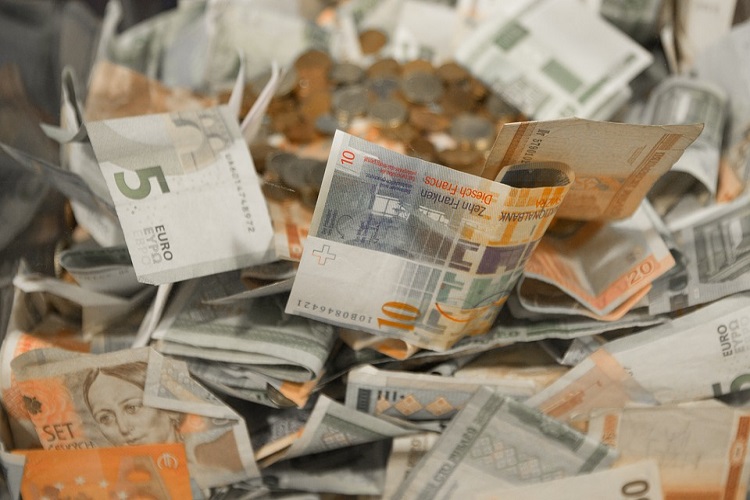
A report informing a drop in the US commercial crude inventories provided a firm support to the US oil prices on Wednesday. The prices held the ground after dropping by more than 6% on the previous day. At the same time, a warning issued by IEA regarding the uncertain market conditions kept the investors on edge. WTI increased and was at $53.57 per barrel. Brent hasn’t started the trade yet.